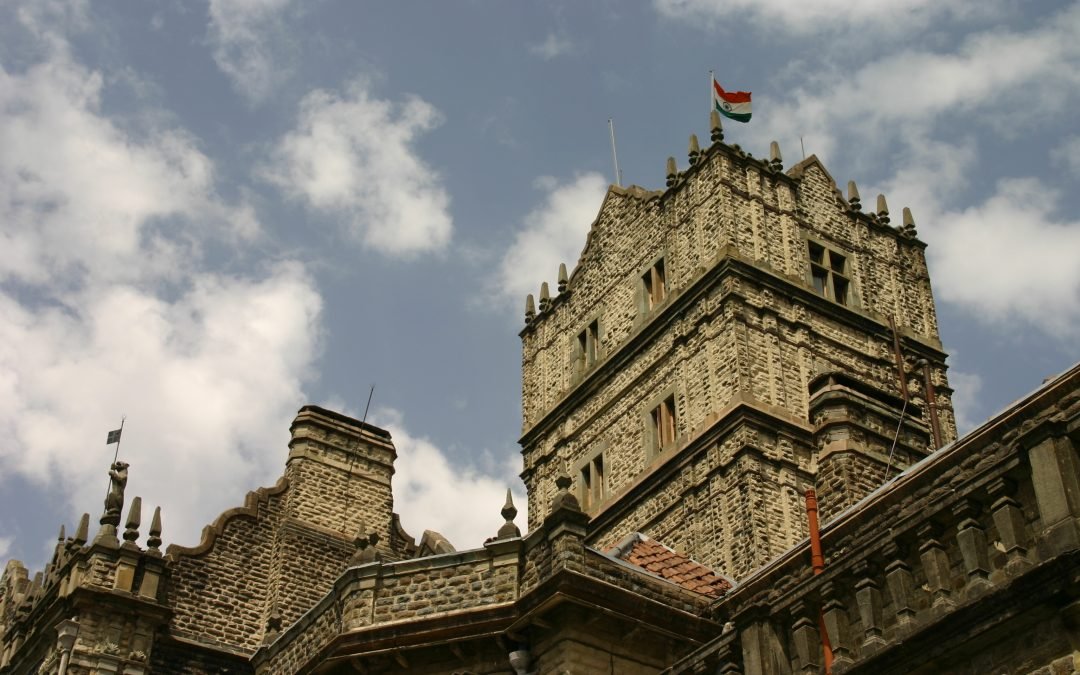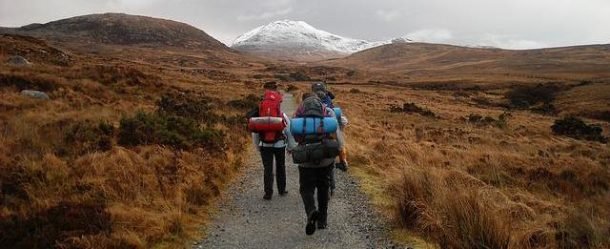Shimla is known for its Victorian and Post Victorian architecture. It was set up as a Hill Station by the British. They accepted the challenge of carving a town out of nothing. They initiated with a thatched roof house that was removed after two years. Then Captain Kennedy built a permanent house or a ‘pucca’ house by using the local materials, wood, stone & mud. How long did he take to complete his house is not known but he used local labor and used his skills and ideas to design the house. The architecture of that house is not known but the old photograph says that it was built in a typical European style by using the local material. The front facade has a veranda made of wooden logs and the sloppy roof was to let the rainwater drain off.
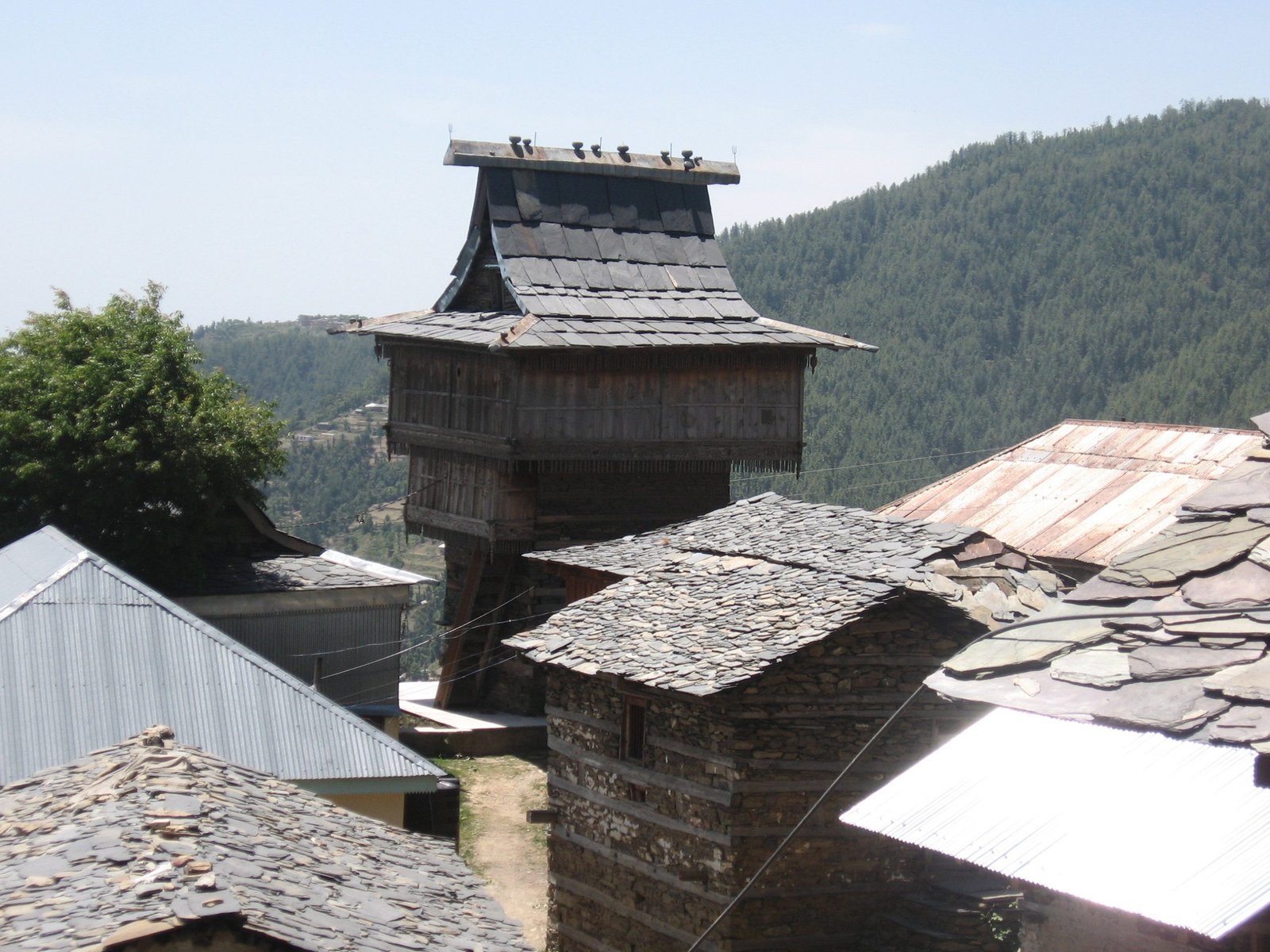
Kath Kuni architecture in the hills
The hill architecture, is commonly known as Kath Kuni. This means crafted wood was the basic style of designing the buildings in the hills. They used only stone and wood with no mortar. The thickness of the wall is eighteen inches. Generally, they erect the walls by placing stones on wooden sleepers. They place the sleepers horizontally and then put the pile of stones followed by another sleeper. This way they erect the walls, and then they cover the rooftop with local slates. Most of the old temples around Shimla are built in this style. The best examples are the Dhanu Devta temple at Annandale and the Dhandhi Devta temple in Kanaina. Another temple in the village Dummi nine kilometers from Shimla on the same road, and a temple in Bihar Gaon below the Kanlog Cemetery.

Mock Tudor architecture
This is the most common style of architecture that the Brits used while making their houses in the hill. Originally the style was called Tudor architecture which got its name from the Tudor Monarch. They used to obtain wood from the wrecked ships because it was easy to carve easily. In this style, they prepare a network of wooden frames. Then they put planks diagonally from corner to corner and then in plus shape. Now they fill the space with stones mixed with mud and later they cover it with mud plaster. The vertical and horizontal members of the frame remained exposed. Locally these walls were commonly known as Dhajji walls. Many houses in Shimla were built in this style. The buildings of the State Library, Barnes Court, Chapslee, Mall Road, General Post Office, Gurkha Gates, Rippon Hospital, many houses, Nabha House etcetera are some best examples.

Neo-Gothic architecture
In the middle of the 18th century Neoclassical style of architecture became very popular in Europe. Various designers and architects made various experiments by adding some other form of architecture with Neo-Classical. When John Theophilus Boileau, a British astronomer who lived in Shimla from 1840 to 1857 got a chance to design the Christ Church of Shimla he preferred to use this style mixed with Gothic. This style was already very famous for the designs of churches, basilicas, and government buildings. In these buildings, the rooftops generally have pillars shooting high upside with a pointed end. The Christ Church in Shimla, one of the most prominent structures in the town is built in the Neo-Gothic Style of architecture. This is also the most clicked building in Shimla. Your presence in Shimla is marked with a photo of this building.
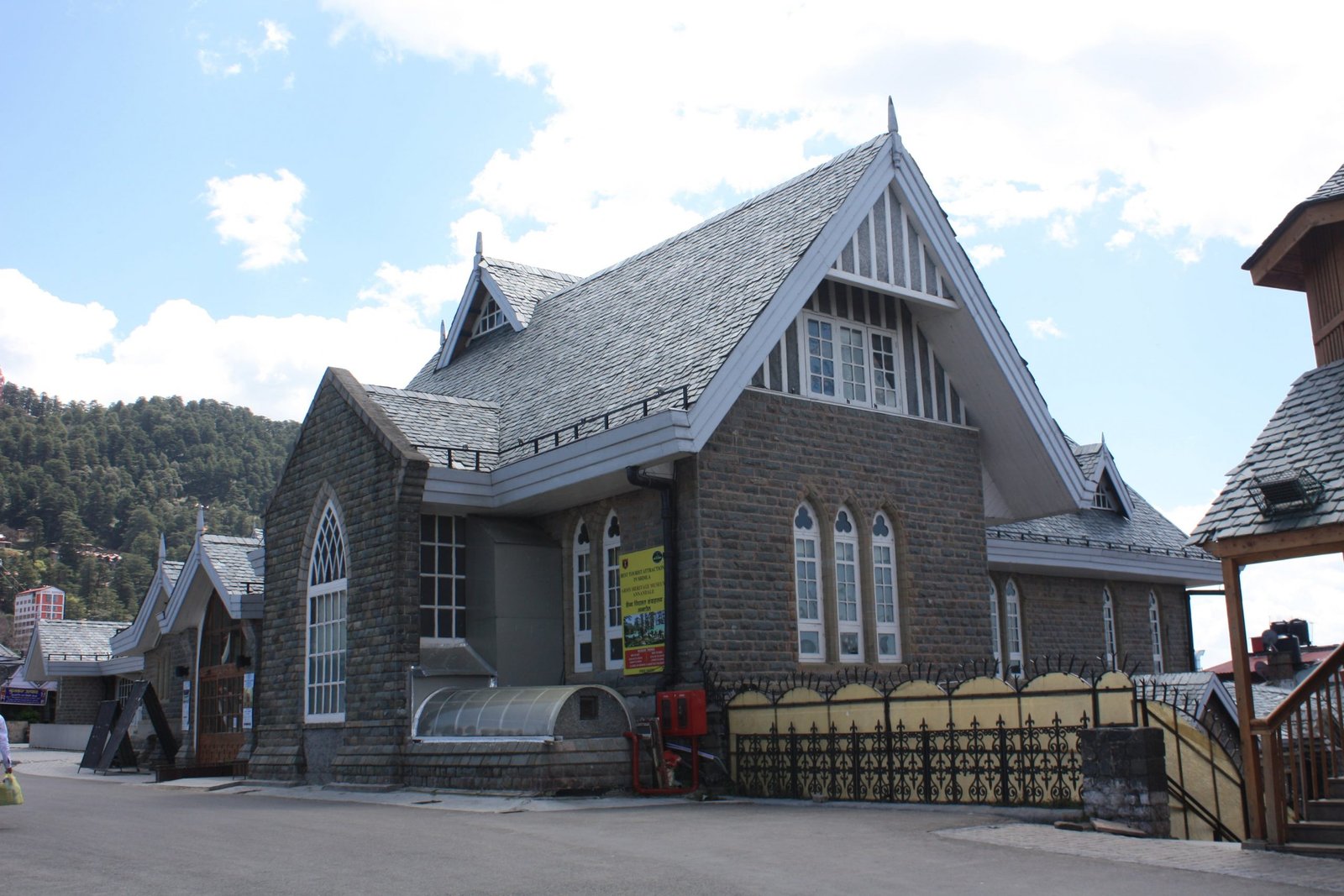
Gothic architecture in Shimla
This style of architecture was quite famous in Europe from the 12th to 16th century. Later during the Raj, many other architects tried to reintroduce it. In many buildings in Shimla, they used this style. Some of the main defining characteristics of this architecture are the pointed arches, ribbed vaults, large windows, pinnacles, and flying buttresses. For the buildings of Churches and Cathedrals, the pointed towers were the main characters of the buildings whereas many other buildings have high-rising turrets and alpine-shaped pointed rooftops. The staircases inside the building to go from one floor to the other were in spiral shape, made of concrete, and were generally built around a pillar. In Shimla, the building of Gaiety Theater and the buildings of administrative offices, Rosna Hall and Caston Hall (Now better known as DC Office), and the building of Cecil Hotel are the best examples of Gothic architecture.
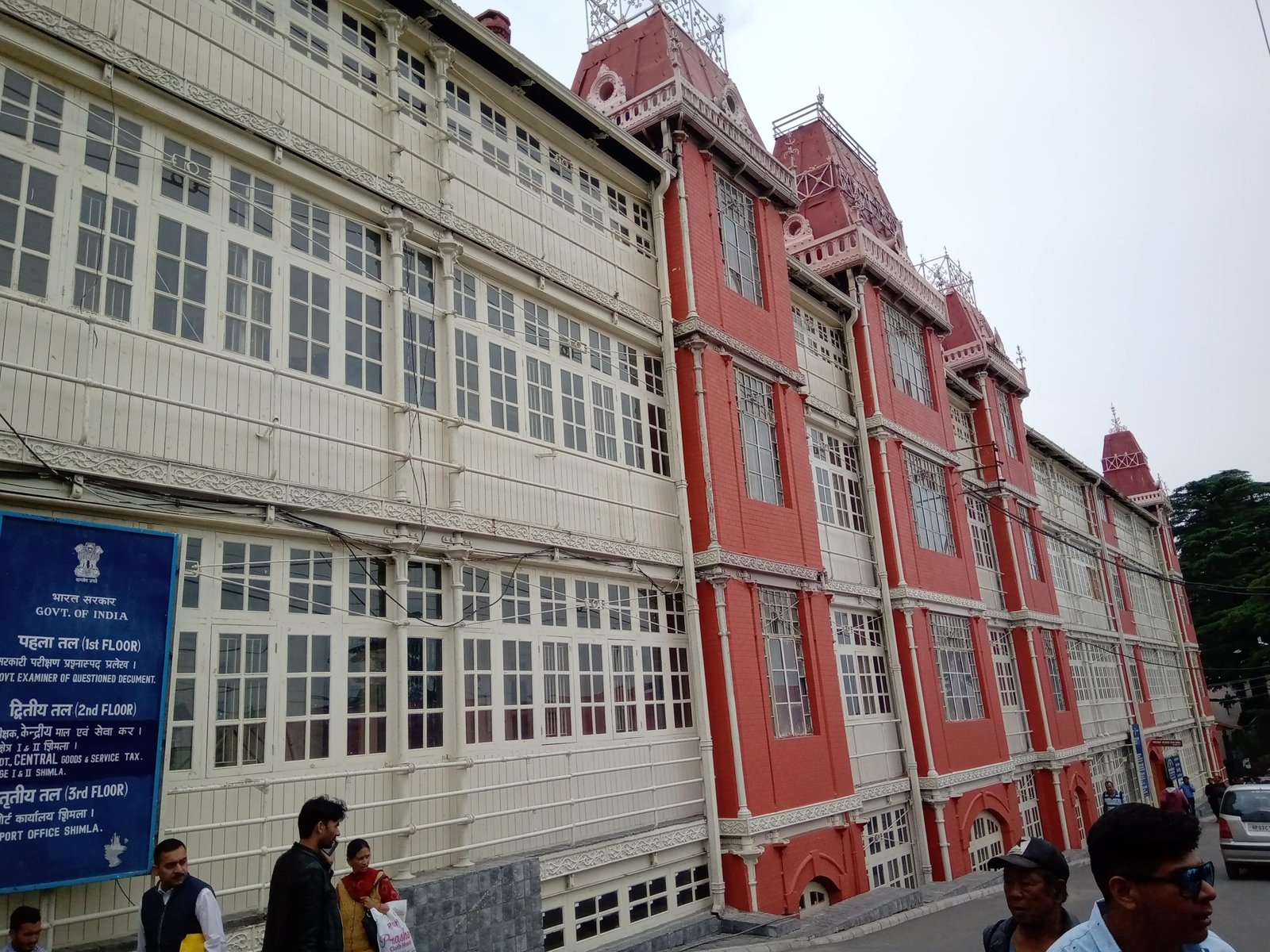
Mansard or French Mansard
Introduced by François Mansart, a French architect (1598 – 1666) this style was also very popular in rural and urban areas of European countries. The defining part of the building is the rooftop which is called Mansard Roof. It has two slopes gentle and steeper. The slopes are joined with each other in a hip bend style. It rises from all four walls and reaches the top ridge. The advantage of having this rooftop is that it provides more space, and light, distributes the heat properly and the building look high-class and modern. However, due to its gentle slope, it can be a challenge to the drainage system of snow and rainwater.
French Mansard buildings in Shimla
In Shimla, the best example of these types of buildings is – the building of the Telegraph Office, earlier also known as P&T which now houses the office of BSNL. The other building with the Mansard Rooftop is one of the most attractive buildings and is a marvel example of French Mansard architecture is the Building of Railway Board Office. The turrets of this building are decorated with steel carvings and molds. It reflects from a distance. Although the frame of this entire structure was prepared in Glasgow and was brought from there the Mansard roof of this building is a superb example of architecture of that era. Another building with a Mansard roof is the building called Retreat, located in Chaura Maidan just opposite Simla Sanatorium. This is the official residence of the Lt. General of the Indian Army.
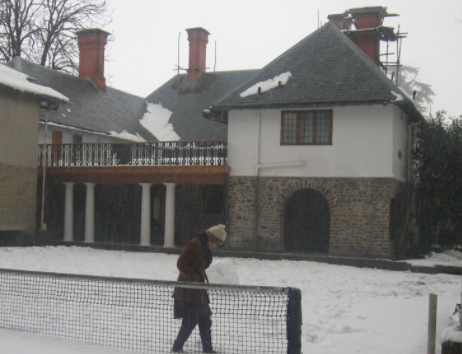
Lyutens Architecture
Edward Lyuten the maker of New Delhi developed his own style of designing buildings and left his mark of presence in India. His right hand Charles Baker arrived in Shimla in 1922 and designed a building named as Willows. This is the only building in Shimla designed in this style. The front is round-shaped pillars with a big hall at the back and the Gothic style of sloppy roof is covered with local slates.

Scottish Baronial
They built several buildings in this style in Scotland and this was quite a famous style of architecture from 1600 to 1660. Again, they revived it in the 19th century. In Shimla, the only and the best example of this style of architecture is the building of Viceregal Lodge, now known as the Indian Institute of Advanced Study. This was the style of Scottish castles and many large houses of the rulers, writers, soldiers, and army personnel. In Shimla, from this building, the Imperial Government ruled the entire British India from 1864 to 1947.
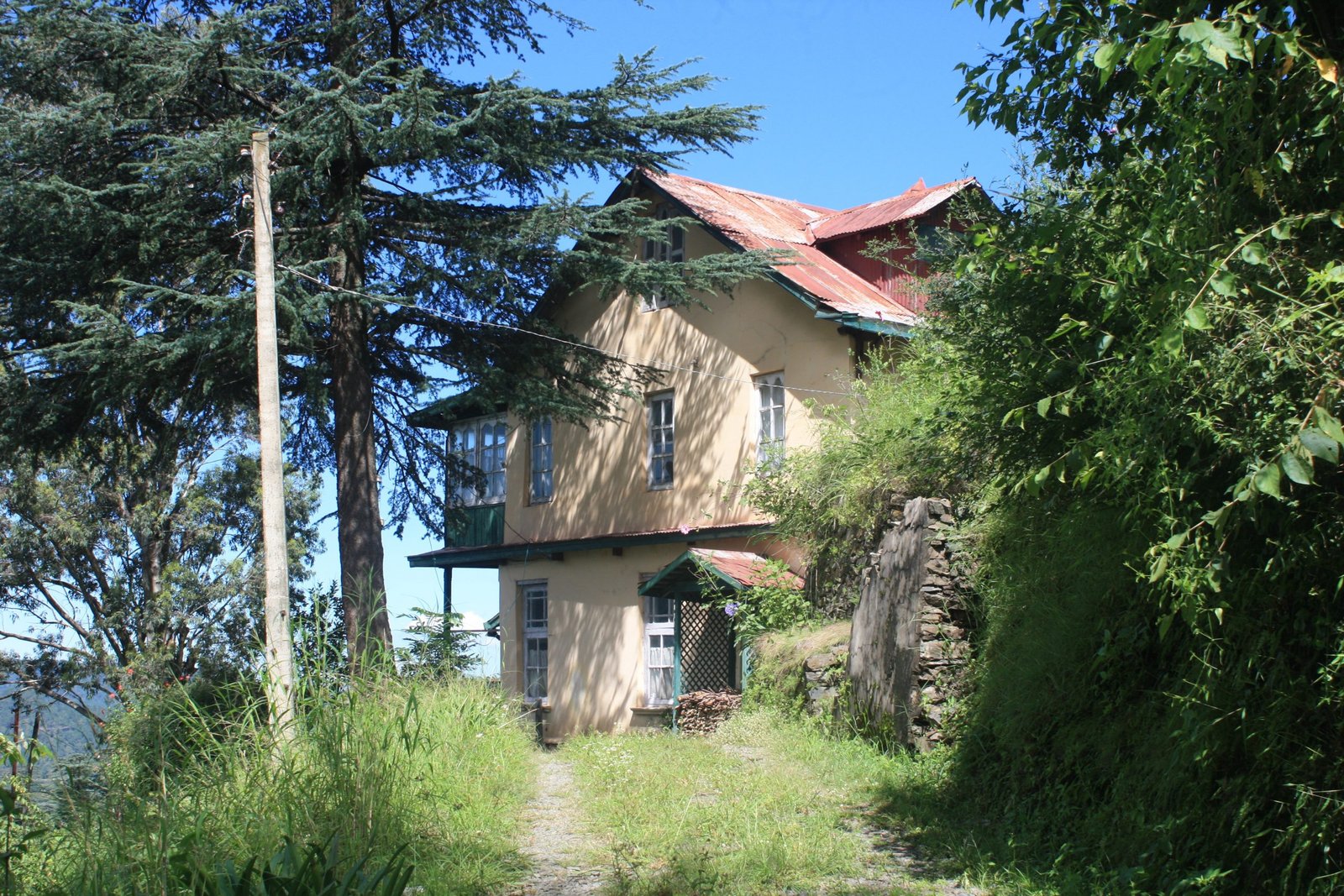
Private Houses
Most of the houses in Shimla had several common features which were the requirement of that time. By the early years of the twentieth century, many houses found place on the slopes of Shimla. Either they were after a steep uphill walk so the inhabitants could have the lovely view of the Himalayan ranges or they were accessible through a steep walk down near some water spring. They had large pieces of land around them where they had their gardens to grow flowers, fruits, and vegetables. A cowshed was also there in a corner. The houses had sloppy roofs with alpine gables, large windows, and a fair place in almost every room. And due to the fireplace chimney was also an essential part of the appearance of the house. There was more than one chimney in one house which reflected on the entire building.
Private Houses – Something more
The house had a veranda in the front and a portico. Initially, they used mud to make bathrooms, and later they used concrete. All the bathrooms had a door opening to the rear side of the house so that the sweeper could come to clean it. The kitchen was always there slightly in an extended portion of the main house so that the smoke of the fire could emerge without making any disturbance to the rooms. Stairs were made of wood, always cedar. The door and window flaps had glasses with ventilators on top. The ceiling was high, at least twelve feet, and more, and to hang pictures they used strings that hung from the wooden strip that ran around the walls parallel to the ceiling. Excellent furniture decorated the rooms. The furniture was painted brown and the chairs and sofas were covered with expensive upholstery.
The identity of the Hill Stations
These Gothic villas with alpine-shaped roofs are still the identity of any hill station in India especially Shimla, the former summer capital of British India. Although the town has expanded a lot and the population has grown almost ten times than what was there during the Raj but still most of the houses still have no access by road and they enjoy their isolation in the hills. Next time when you are here do not forget to contact us and we will take you to some of these houses for lunch or dinner with the local occupants of the house now.
By . . . . . . . . Sumit Raj

